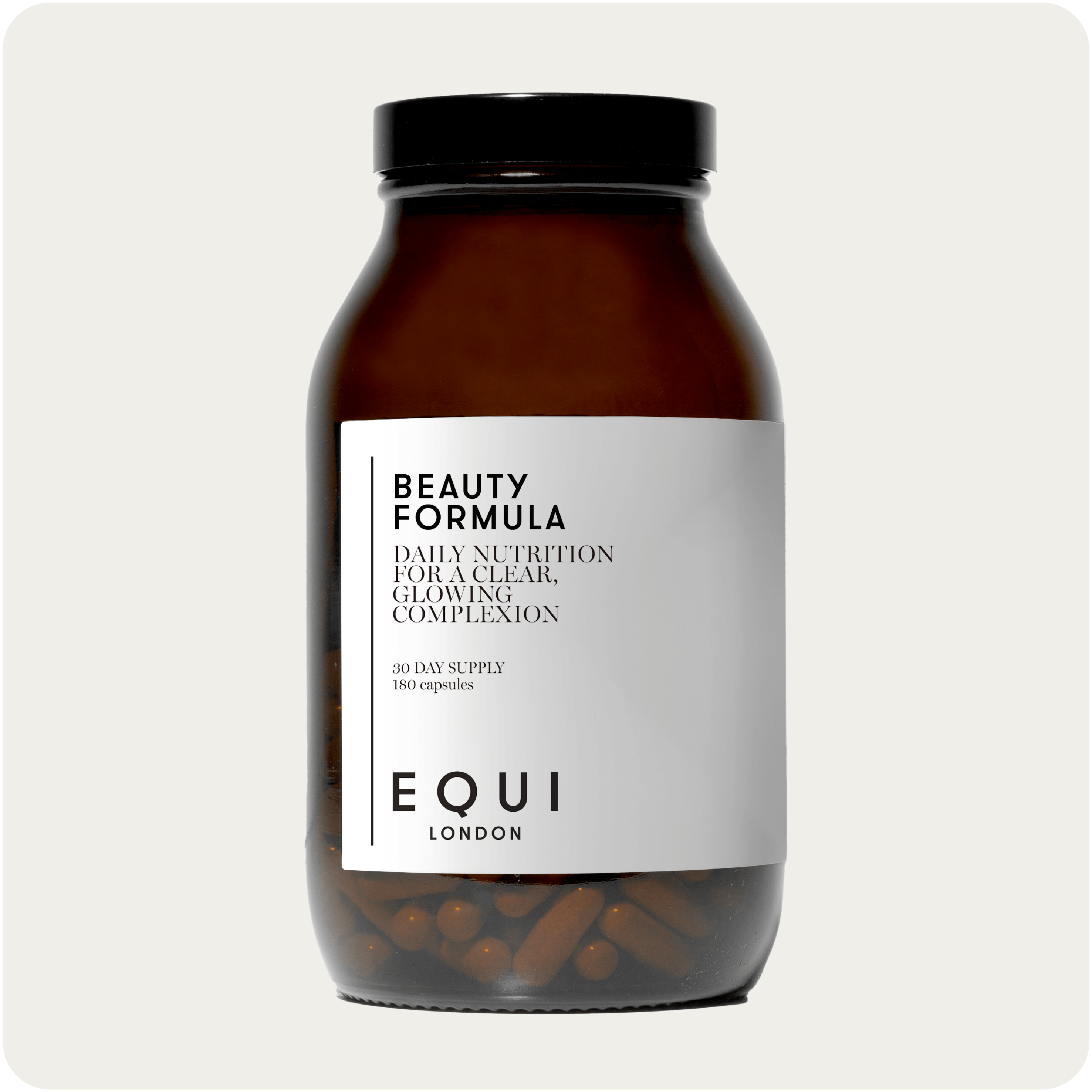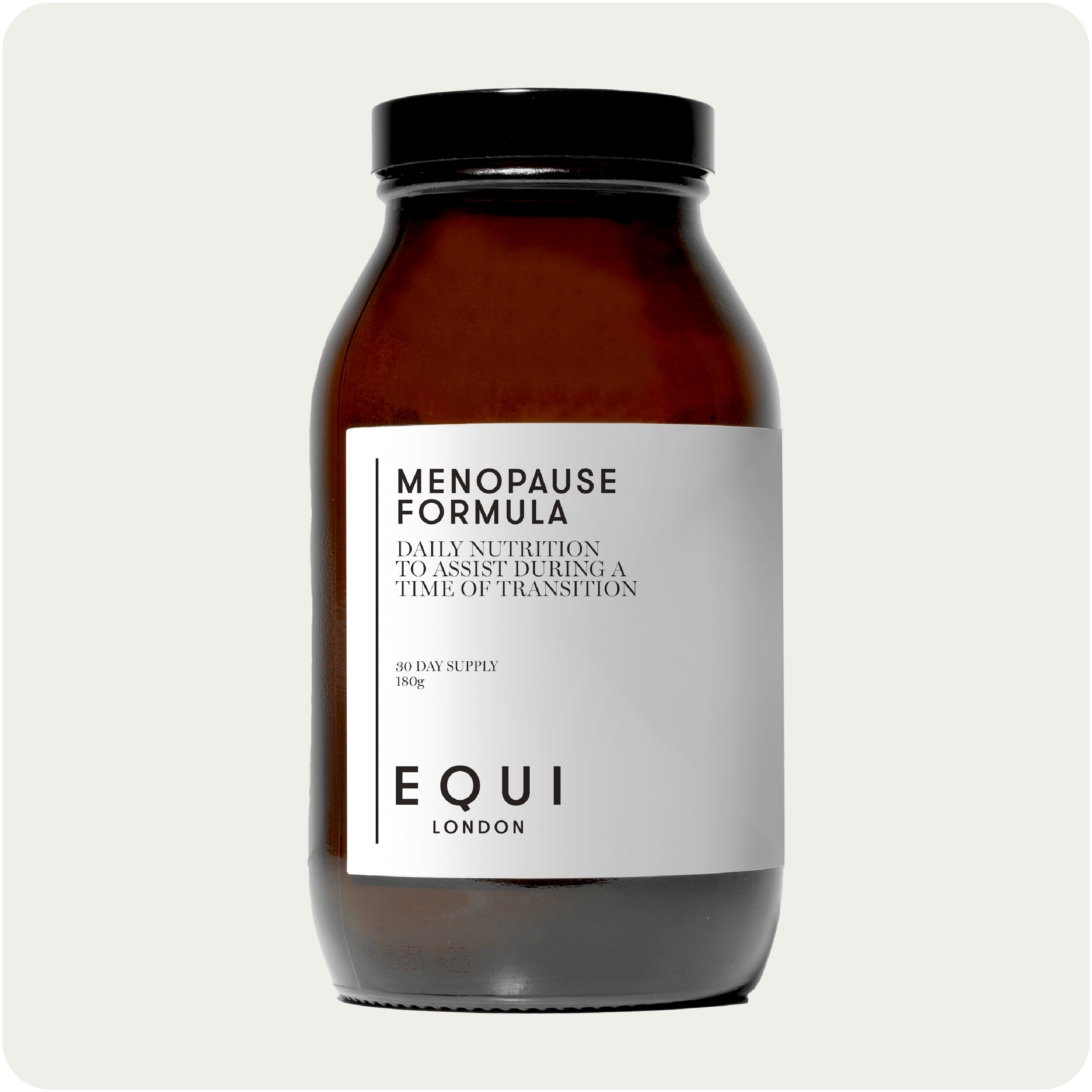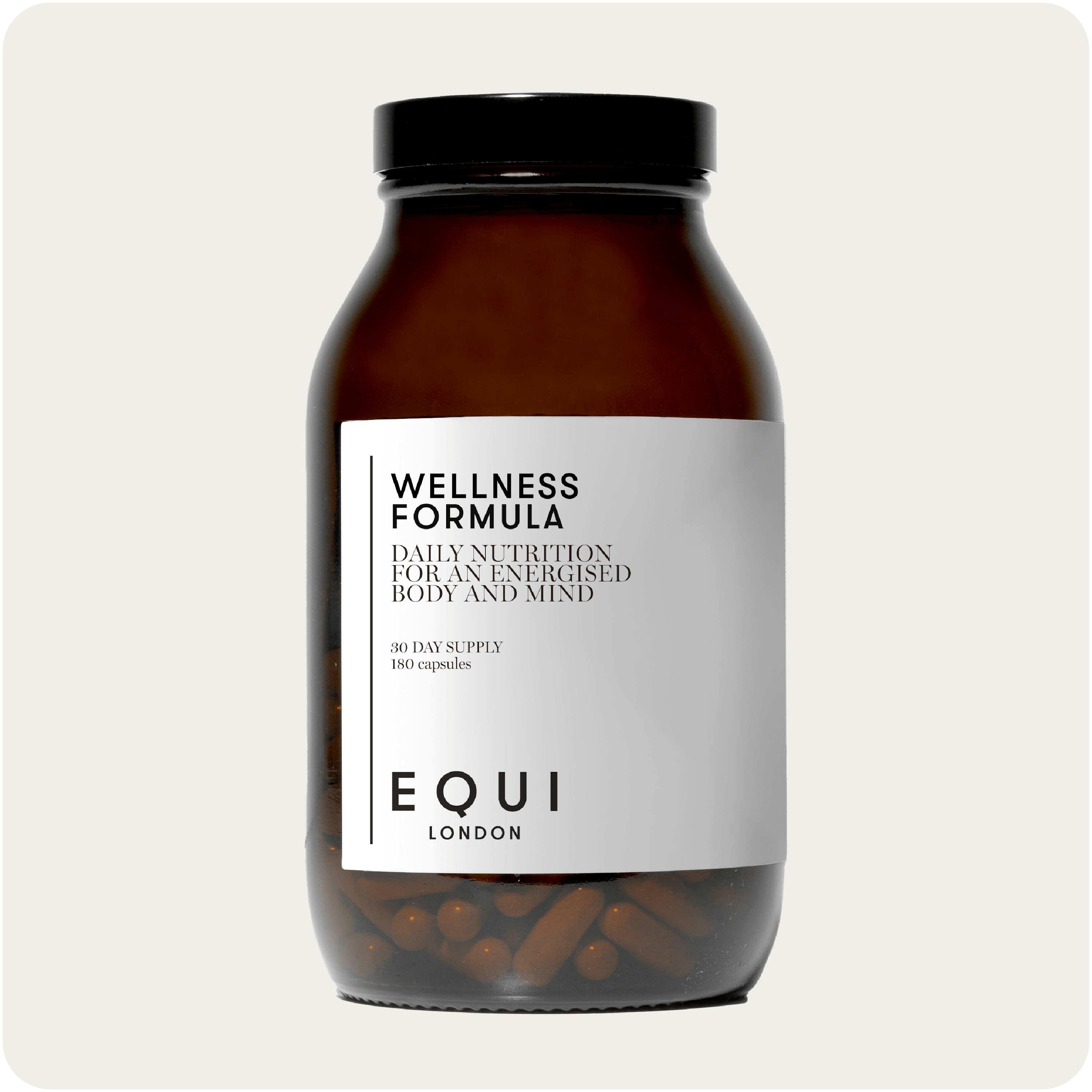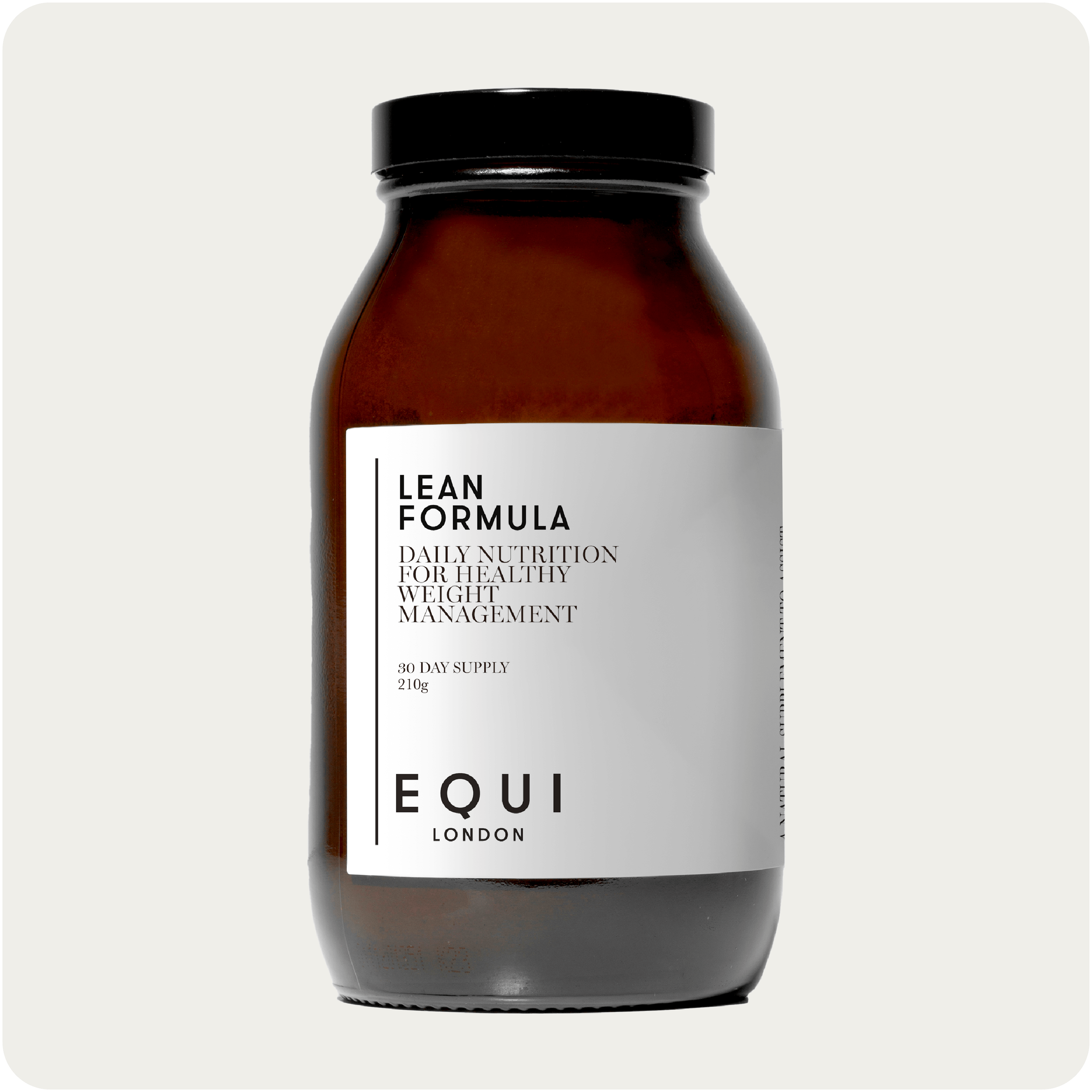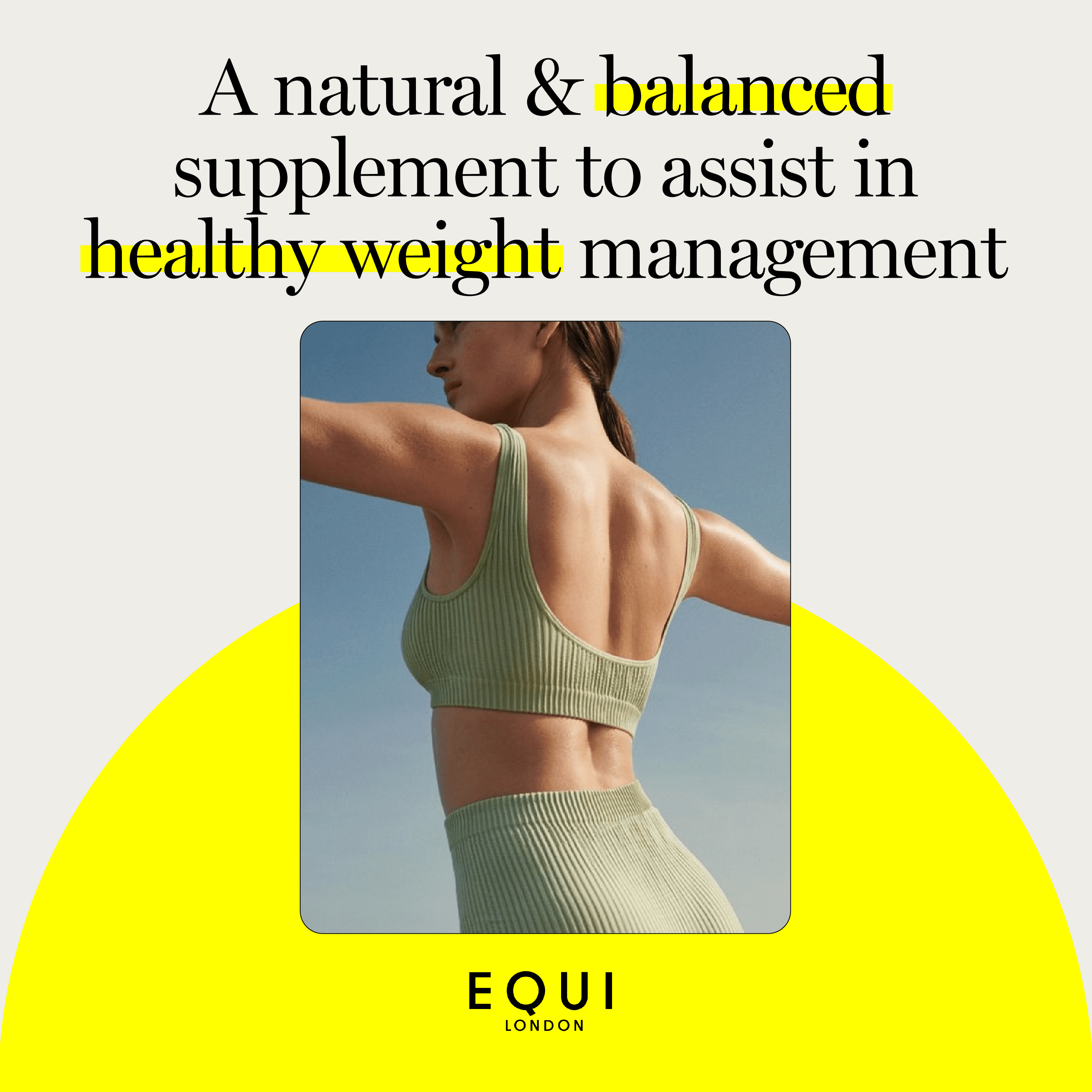
You may have heard that to support your overall health and wellbeing, it’s important to consume 30 different plant foods per week. Although this may feel like a challenge to begin with, it can be made easy to hit this goal. Here, we break it down into 5 simple steps to meet this weekly target.
First up, start small!
Don't try to change your entire diet overnight! Start by adding one or two new plant foods to your meals each week. Make it easy for yourself by keeping plant foods on hand so that you can add them to your meals. This could mean having a bowl of fruit in sight, frozen mixed vegetables in the freezer, or having a jar of hummus in the fridge. Remember that most of us are probably already getting in at least 50-60% of this target already so a few small tweaks, may make all the difference.
Herbs and spices
Herbs and spices have a myriad of different health benefits, which is why we love using them here at Equi. For example, they are a good source of antioxidants, including flavonoids, carotenoids, and vitamin C (1). Some herbs and spices, such as ginger, cinnamon, and peppermint, can help improve digestive health too, by relieving nausea, indigestion, and constipation (2). Others, such as rosemary and sage, have even been shown to improve brain health by improving memory, concentration, and mood (3).
There are endless possibilities when it comes to adding them into your dishes, here’s a few ways we like to include them:
- Add herbs and spices to your cooking. For example, when you're cooking with vegetables, try adding a variety of herbs and spices to give them extra flavour and to meet your weekly goal. Some popular options include basil, oregano, rosemary, thyme, and garlic – all which have some amazing benefits when it comes to our gut health.
- Use herbs and spices to make marinades. Marinades are a great way to infuse flavour into meat, fish, or tofu dishes. When you're making a marinade, be sure to include a variety of herbs and spices. Some popular options include coriander, cumin, chilli powder, and turmeric.
- Top your food with fresh herbs and spices. Once your food is cooked, you can add a finishing touch of herbs and spices. This is a great way to add even more flavour and visual interest to your meals. Some popular options include parsley, coriander, chives, mint, and lemon zest.
- To increase the benefits of using herbs and spices, store them properly. To keep them fresh, store them in a cool, dark place. You can also store them in the freezer to have them on hand for any recipes.
Juices and smoothies
Eating plant-based foods doesn't have to be boring - make it fun with juices and smoothies. They’re a great way to get a lot of nutrients in a short amount of time, packed with vitamins, minerals, antioxidants, and fibre (in smoothies). Easy to make, they can be enjoyed on the go but equally, picking up a fresh option from Joe and the Juice is a convenient way to up your weekly intake of 30 plant foods. Our favourite green juice packs in 10% of your weekly plant-food goal alone! Finally, smoothies can not only help improve your digestion since they are a good source of fibre, but they can improve your skin health thanks to antioxidants, which can help protect your skin from damage (4). To ensure you get the full benefits of consuming juices and smoothies, here are our top tips:
- Use fresh, whole fruits and vegetables (ideally organic) for your juices and smoothies. Avoid shop bought processed options as they may contain added sugar, artificial sweeteners, or preservatives.
- Vary your ingredients. Don't just stick to the same old fruits and vegetables. Try new things and experiment with different flavours. This will help you hit your goal of 30 different plant foods per week.
- Add protein and healthy fats. Smoothies can be a good source of both, which can help you feel full and satisfied. Add protein powder, flax or chia seeds, Greek yogurt, avocado, or nuts to your smoothies.
- Avoid a sugar spike. Juices would best be consumed alongside a meal, rather than on their own as the lack of fibre can spike blood sugar levels. By choosing a green juice, you are more like to have a higher intake of veg versus fruit in your juice, which is better for your blood sugar levels.
Salads
Salads are a great way to increase your intake of plant foods. They are a versatile dish that can be made with a variety of different plant foods, providing lots of fibre, vitamins, and minerals and therefore good for gut and skin health. Salads which include dark green leafy veg such as spinach, are a good source of folate, which is important for mood (5) too . Here are some tips for increasing your intake of plant foods with salads:
- Choose a variety of vegetables. There are many different types of vegetables that can be used in salads. Try to include a variety of colours and textures in your salads, which will help you hit your target. For example, on a bed of crunchy leaves or kale, add some roasted root veggies, some chopped tomatoes and avocado and sprinkle a handful of nuts on top.
- Add fruits to your salads. Fruits add some sweetness and extra flavour to salads. They are also a good source of vitamins and minerals including vitamin C and have various gut benefits too. Our favourite fruits to add include oranges, pomegranate, pineapple, and apple.
- Add wholegrains for energy. Grains such as quinoa, wild or brown rice are a good source of complex carbohydrates, which provide your body with sustained energy throughout the day.
- Whilst the focus is on plant-foods, don’t forget to include a protein source in your salads. Protein helps to keep you feeling full and satisfied. Some good protein sources for salads include grilled chicken, tofu, or beans.
- Finally, use a dressing to increase your intake of plant foods. Something like a tahini and miso dressing ticks a few boxes. Tahini is an excellent plant-based source of calcium and miso contains live probiotics, which support the microbiome and therefore, gut health.
Supplements can contain plant foods.
Choosing a supplement that contains plant foods, is a quick win to increasing your intake. At Equi, we harness the power of plants by including several in our formulas. Here are some of our favourites:
Kelp
Kelp is a type of seaweed that is rich in iodine, a mineral that is essential for thyroid function. Iodine deficiency can lead to an underactive thyroid or hypothyroidism, where the thyroid gland does not produce enough hormones. Kelp is also a good source of other nutrients, including vitamin A, vitamin C, and calcium (6). Vitamin A is important for vision, vitamin C is important for the immune system, and calcium is important for bone health.
Acerola Cherry
Acerola cherries are rich in vitamin C, an antioxidant which helps to protect the body and skin from damage caused by free radicals. Acerola cherries are also a good source of other nutrients, including anthocyanins, carotenoids, and flavonoids (7). Anthocyanins give acerola cherries their red colour, carotenoids are important for vision and flavonoids help to protect the cardiovascular system.
Turmeric
Turmeric is a spice that contains a compound called curcumin, which has anti-inflammatory and antioxidant properties. Curcumin has been shown to have several health benefits, including reducing inflammation, supporting brain health, and improving joint health (8).
Don’t forget that plant foods don’t give us everything we need. For example, B12 and iron can only be obtained from animal sources and may be lacking in a wholly plant-based diet. Being deficient in B12 and iron, can lead to fatigue, anaemia, shortness of breath and other health problems. We have ensured that all our formulas include a variety of vitamins and minerals, including B12, iron, and other essential nutrients which can help vegans and vegetarians get the nutrients that they need.
References
- Chen, H., & Li, J. (2019). Antioxidant and anti-inflammatory properties of herbs and spices: a review. Journal of Functional Foods, 53, 103763.
- Aggarwal, B. B., & Sandhya, V. (2015). The potential of ginger, cinnamon, and peppermint to improve digestive health: a review of the evidence. Journal of Functional Foods, 17, 377-390.
- Shukla, A., Chandra, S., & Singh, R. B. (2012). Rosemary extract enhances cognitive function in elderly adults with mild cognitive impairment: a double-blind, randomized, placebo-controlled trial. Journal of the American College of Nutrition, 31(5), 438-445.
- Patel, V., Patel, A., Patel, R., Patel, V., Patel, H., Patel, B., & Patel, J. (2022). The Effects of Smoothies on Digestion and Skin Health: A Systematic Review and Meta-Analysis. Nutrients, 14(4), 1263.
- Hu, F. B., Rimm, E. B., Stampfer, M. J., & Manson, J. E. (2002). Folate intake and risk of depression: a systematic review and meta-analysis of prospective studies. American Journal of Epidemiology, 155(11), 1006-1016.
- Gómez-Caravaca, M. J., García-Conesa, M. T., & Pérez-Alvarez, J. A. (2012). Nutritional composition of edible seaweeds. Food Science & Nutrition, 1(1), 11-24.
- Moreira, A. C., Almeida, A. L., & Chaves, E. A. (2009). Nutritional composition and antioxidant activity of acerola cherry (Malpighia emarginata DC.) fruits. Food Science & Technology, 44(1), 139-144.
- Aggarwal, B. B., & Sandhya, V. (2015). Curcumin: A Review of Its' Effects on Human Health. Phytotherapy Research, 29(11), 1679-1716.
